Photography composition is often taught as a set of rules. But following the rules of composition all the time can result in unimaginative images. To help find your style, you should experiment with composition, even if typical photography rules say it’s “wrong.”
Continue reading for 12 unusual and interesting composition ideas to inspire you to be more adventurous.
We encourage you to defy conventions and try more imaginative approaches. Begin by experimenting with these 12 unique composition concepts.
Good photography composition does not have to include your entire subject. Despite going against typical composition rules, try cropping out the heads or limbs of your subjects.
To use this crop technique effectively, concentrate on what’s relevant. The photo of this guy below, the composition tells a whole story without even showing him.
You can imagine his day with his friends—cycling to a beautiful destination and having a campfire and dinner in the evening.
The image contains every element you need for telling a story. You can even imagine the guy himself. But cutting his head gives the image more mystery. And it puts focus on the story, not just the composition.
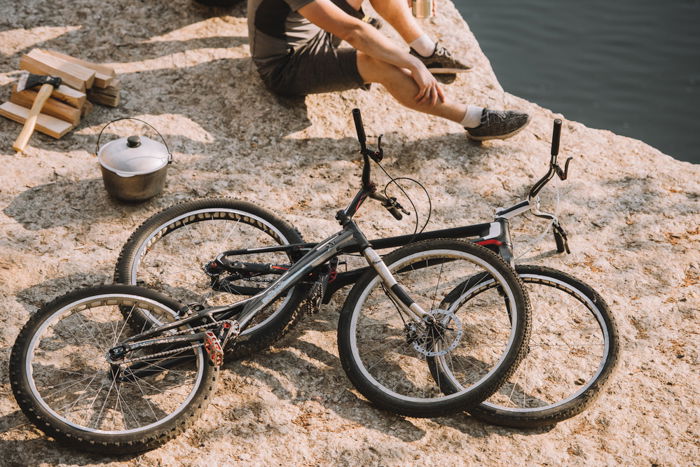
Forget about the rule of thirds, leading lines, and all the other rules. Work at producing a good composition based on what you feel looks best. Take your time to take creative photos.
Look at lines and shapes. Bring balance to your photography composition by finding a different perspective. Changing your point of view even a bit can alter your composition. Try crouching down. Move to your left or right, or lift your camera a little higher.
I was standing for this photo of the woman (pictured below) reading the newspaper at the temple. This angle allowed me to arrange all the elements well.
My timing was also significant. When she was looking down at the newspaper, there was no flow in the photo. The composition is more engaging because she’s staring at something outside the frame.
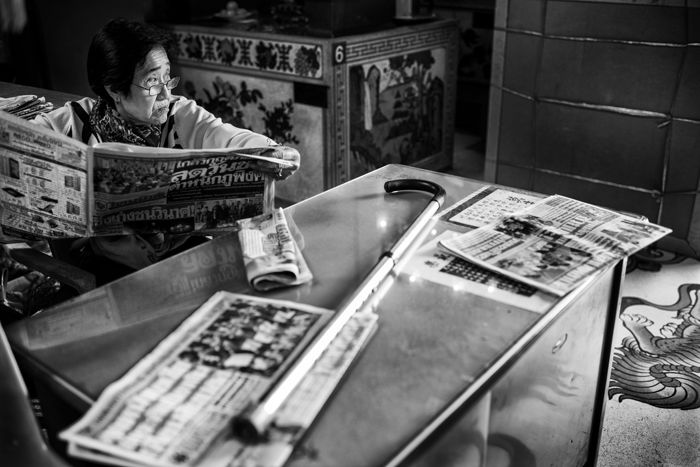
Getting close to your subject and looking up can produce a dramatic composition. The closer you are, the more dramatic it can appear. It’s easy to stand back and get a head-on view of something. But this perspective is rarely the most creative.
Moving close to a tall subject so it towers over you gives an unusual and intriguing perspective. And using this photo composition tip can help you eliminate distracting backgrounds.
For example, the photo below shows a tight composition of a building up close. It enhances our feeling of being small next to it.
Also, perspective distortion is on your side when shooting this close. It makes the composition dramatic. And it helps viewers to concentrate only on the building, not its surroundings.

You can take a bird’s-eye view and look down at your subject. Position your camera directly above what you are photographing. This often has more impact than if your camera is off at an angle.
The best tool for getting this view is a drone. You can fly high with it to show scenes no one has seen before. But you can also show subjects from closer to the ground.
Using drones for photography opens up a world of new shooting possibilities. Adding this composition technique creates more diversity in your shots.
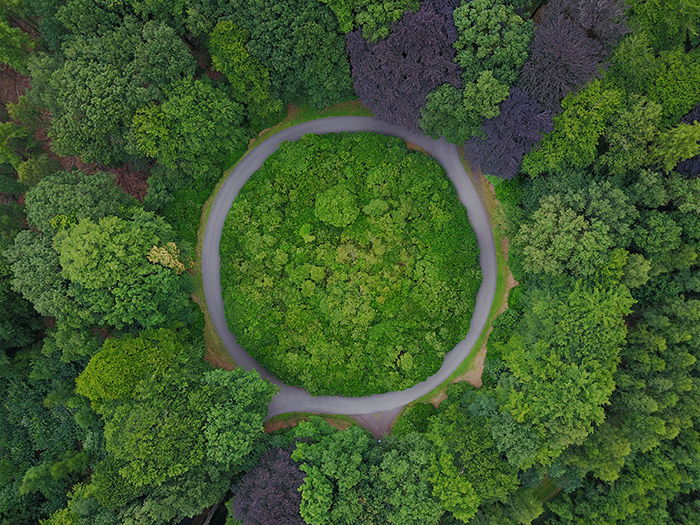
Using a shadow as the main subject of a photo can often be interesting. Look for shapes that create an eye-catching shadow, then frame it as your primary focus.
I took this photo of a bicycle wheel and its shadow below. Without the rest of the bike, it created a unique picture.
I did not need to include the whole of my subject. It’s clear to see that it’s a bike. And incorporating the shadow creates a balance between the two elliptical shapes.
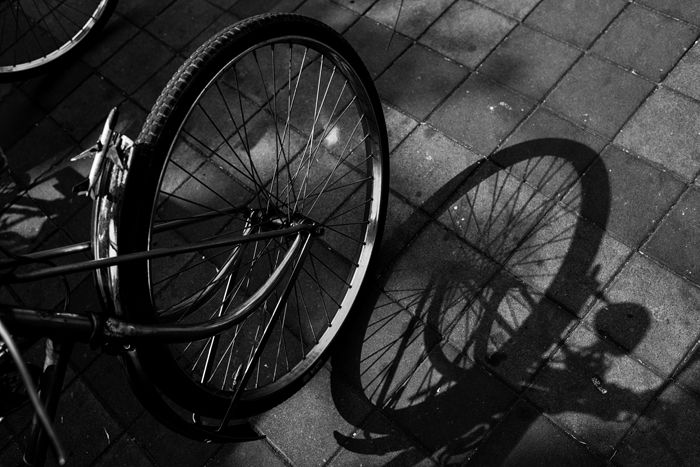
This is best if you have one main subject. Try looking at it through something that’s in the foreground.
Using this composition tip for a portrait, you might use a tree, fence, or lattice. You can use anything as long as you can still see enough of your subject.
Be close enough to your foreground, and use a wide aperture. You want whatever is in the foreground to be out of focus. If it’s too focused, it will be more of a distraction than an enhancement.
Your foreground doesn’t have to be recognizable in your composition for it to work well. Sometimes, the more blurred it is, the better.
In this photo of a Thai woman in traditional clothing below, I used leaves on a tree as my foreground. This is a bit different than the more classic composition rule of using a frame within a frame.
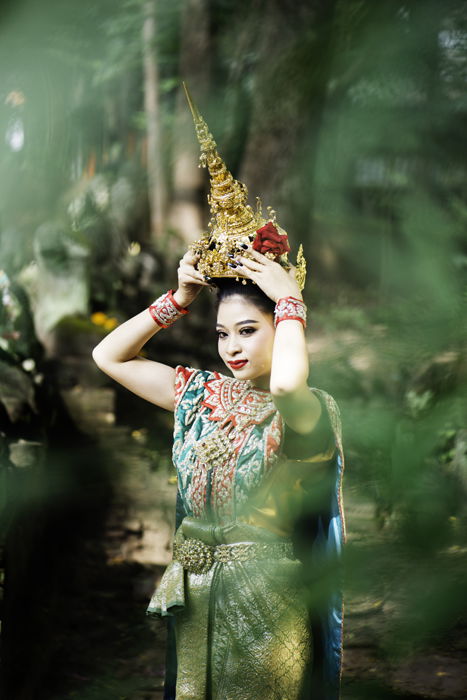
You do not always need to hold your camera horizontally or vertically straight. Throw your horizon off by holding your camera at an angle.
Sometimes, using a conventional, straight composition will include distractions in the background. And you might be able to remove those distractions from your composition by tilting your camera.
The more pronounced the angle, the more intentional it will look. Find a straight diagonal line within your composition. You can use it as an edge to your frame. This produces a more creative photo. And the viewer will know your camera angle is deliberate.
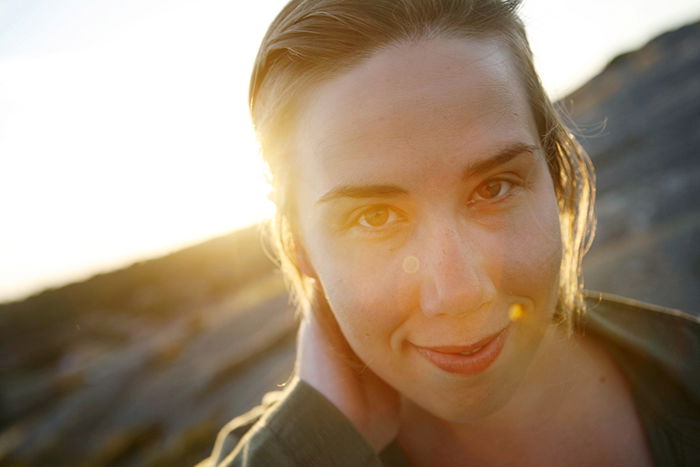
Taking a worm’s-eye view of the world produces interesting compositions. Not many people lie on the ground to look at things.
If you get down low to compose your image, you will provide a unique perspective of your subject. Plus, you can make the most of an expansive foreground. This will draw the viewer’s eye to the main subject. The perspective will seem exaggerated, especially if you use a wide-angle lens.
You can make an everyday scene unique by showing it from this angle.

When you have multiple subjects that are the same, try using them all in your composition. You might find it better to hide one behind the other. Whichever way you frame them, using a repeating pattern is a great way to take a creative composition.
You can use repetition to enhance patterns appearing in everyday scenes. They might be visible only for a moment. But capturing them preserves a little piece of art.
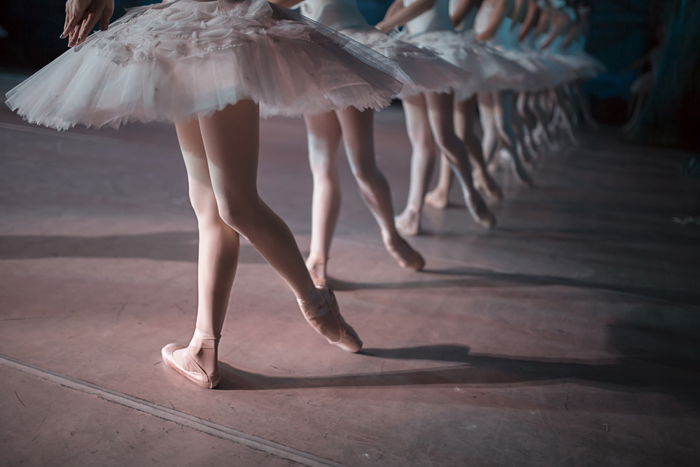
Focus part of your composition in the foreground when taking a landscape photo. Most people aim to incorporate as much of a landscape scene as possible. Often, you can make a more creative photo by including more of the foreground.
Look for something you can focus on in the foreground. Get close to it and include it in an eye-catching way as the main part of your composition.
Deserts and rural landscapes can often be wide, empty, and sometimes dull. But including an interesting foreground subject can create unexpected results.

Compose images by focusing on minimalist elements or small, detailed parts of your subject. Only showing a small part of something can stimulate curiosity in your photo.
Many photographers like to include some foreground and background for context. But focusing on a minute detail creates interest in your viewer’s mind. This technique is perfect for shooting a photo series of a single subject.
You can get very abstract with this photography composition idea. The photo below would simply be a boring photo of the ocean’s surface if it didn’t focus on the texture and detail.
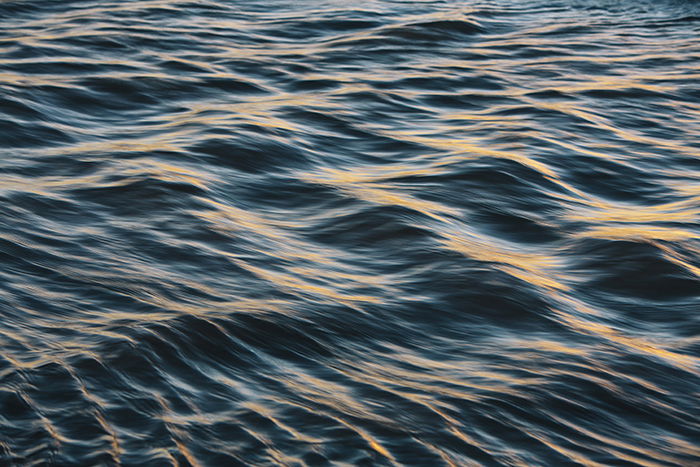
Not showing your portrait subject’s face is very abstract. But being selective in what and how much you show can produce a more creative portrait.
By hiding part of your subject, you create a sense of mystery. Try this when you are photographing someone who’s shy. It is a good way to get them to relax before continuing with the rest of the shoot.
This can also work well when you are working with different portrait props, like fans or umbrellas. Or perhaps you’re shooting in different locations. You can use architectural features like walls and doors to block part of the person’s face.
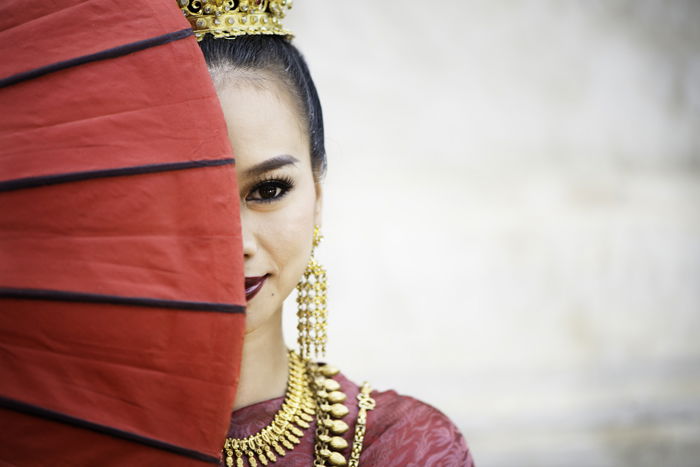
You don’t need to stick to any composition or photography rules. Experiment and find out what works for you. Break the rules or make your own!
Be prepared to create some pretty weird-looking photos. Know that many times, your compositions might not work. But with a good workflow, you can quickly compare your images to learn what works and what doesn’t.
You will begin to enjoy using certain techniques as you explore different ways of composing photos. Stick with these. As you figure out which style you love the most, use those more often.
This can help you develop your own style, especially if you photograph the same type of subject often. But ensure you also get some “safe” shots. Take a few photos using more conventional composition techniques. This is especially important when taking photos for an assignment or client.
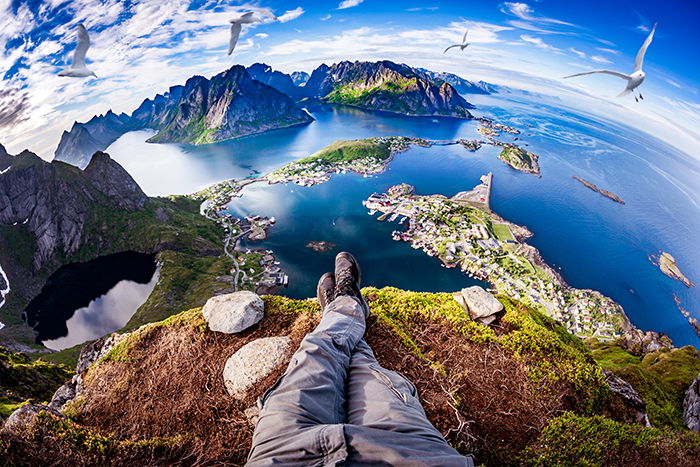
Study the work of master photographers and painters. Find artists whose work you like, especially if it’s abstract in nature. Think about how they compose some of their more unusual pieces.
Ask yourself what it is that you like about the compositions. You can often see patterns in how photographers compose their images.
Create your own set of composition ideas and techniques. Keep the ones that create the most interesting photos and use them often to create your own style.
Check out our Intuitive Composition course to learn everything you need to know to master photography composition!

